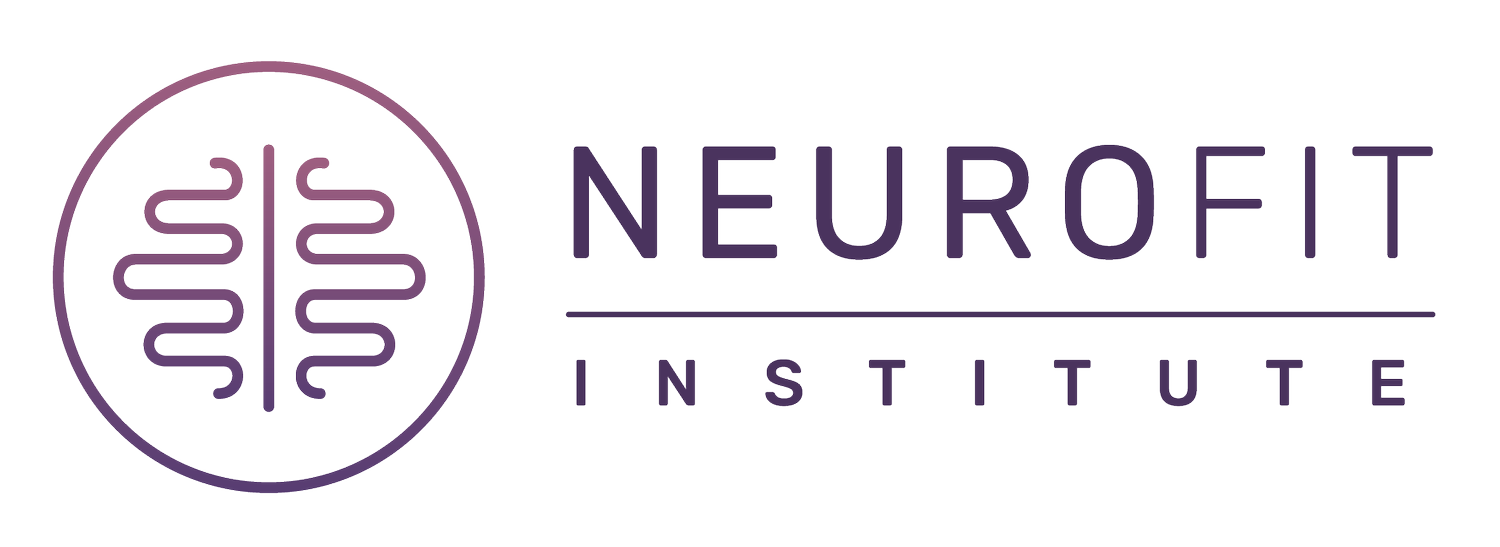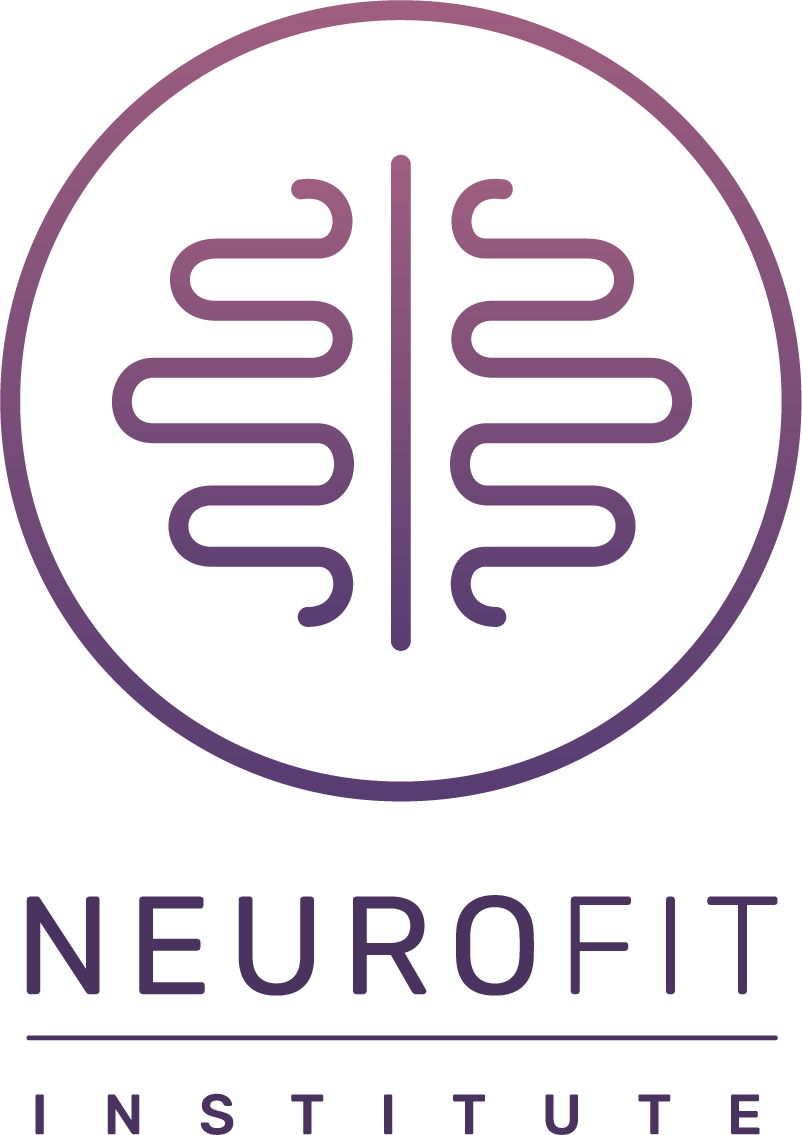ConnectTherapy: Why it’s important to look at the connections in our body
Medicine, for the longest time, has been laser focused on treating a problem in our body by just looking at that problem in isolation. For example, if I go into my physician’s office complaining of bloating, they’ll likely give me medication for my bloating and send me off on my way. Truth of the matter is that things are more complex than that! My bloating might be linked directly or indirectly to what I eat, when I eat, how active I am, my stress levels, or even where I’ve traveled recently! Yet many clinicians don’t look at and try to address these factors. It’s a one problem-one solution kind of mindset.
In physical therapy, we face the same challenge and this is where I want to talk about ConnectTherapy. Created by Dr. Linda-Joy Lee, PhD, BSc(PT), it is a unique approach among many different approaches in the orthopaedic physical therapy world in that it looks at the connections between the parts of our body, its various systems like our circulatory or nervous system, our perceptions of ourselves (think things like how I feel today or in general, how important are my aches and pains to me), and our relationships with others and our physical environment.
From among all these factors, let’s focus on just the physical ones in one part of the body: our spine. The adult spine has 24 vertebrae and ends with the sacrum, plus the ribs that attach in the thoracic region (they’re really like circles on top of one another. If you remember the slinky from back in the 80s, it’s a good approximation of how the rib cage moves). All of these segments need to move well with respect to each other and with respect to the head, pelvis and legs. It’s a monumental task to get all of the sections to work well together and even more challenging to have a doctor of physical therapy with experience and training who can give you the right piece of the puzzle at the right time during your journey of recovery. That’s what ConnectTherapy has the ability to do.
Here’s another example, you had a total knee replacement surgery. Any other approach at your local physical therapist office can give you some result but we have found most to be inadequate in truly optimizing movement. What do I mean by that? Using ConnectTherapy, we can determine whether your ribcage (thorax) or your foot are also putting pressure on your knee and may have hastened the onset of arthritis intially and are now contributing to wearing down your replacement faster. In this way, we can optimize your body by not just helping you recover from the surgery, but also by helping you prevent having to do another knee replacement in the future.
Learn more about ConnectTherapy here or by connecting with me here.
Nima Tabloei, PT, DPT, MPH (Doctor of Physical Therapy; Board-Certified Clinical Specialist in Neurologic Physical Therapy; Fellowship in Orthopaedic Spine Rehabilitation)



